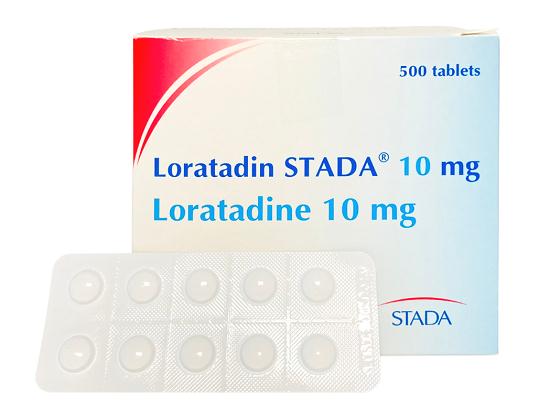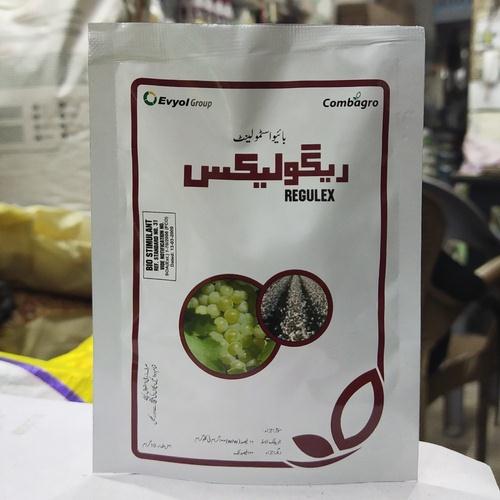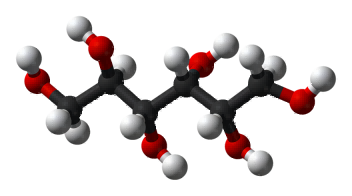Active Pharmaceutical Ingredients (API), popularly speaking, are the raw materials of medicines, only pharmaceutical raw materials are processed into pharmaceutical preparations , can they become medicines available for clinical use, so drugs we usually eat are the finished drugs through processing. Active Pharmaceutical Ingredients based on its sources can be divided into two major categories ,including chemical synthetic drugs and natural chemical drugs. Chemical synthetic drugs can be divided into organic synthetic drugs and inorganic synthetic drugs. Inorganic synthetic drugs are inorganic compounds ( very few is element), such as aluminum hydroxide, magnesium trisilicate which are used for the treatment of gastric and duodenal ulcers ; organic synthetic drugs are mainly composed of drugs made by basic organic chemical raw materials, through a series of organic chemical reactions (such as aspirin, chloramphenicol, caffeine, etc.). Natural chemical drugs ,based on its sources,can be divided into two categories including biochemical drugs and plant chemical drugs. Antibiotics are generally made by the microbial fermentation, which belongs to the biochemistry category. A variety of semi-synthetic antibiotics occurs in recent years,which are biosynthesis and chemical synthesis combining products.Among active Pharmaceutical Ingredients, the organic synthetic drugs varieties, yields and values have the largest proportion,which are the main pillars of the chemical and pharmaceutical industries. The quality of active Pharmaceutical Ingredients decides whether the formulation is good or bad , so its quality standards are very strict ,countries in the world have developed national pharmacopoeia standards and strict quality control methods for its widely used active Pharmaceutical ingredients.
LOXO-292: Bioactivity and Chemicaland toxicological studies
LOXO-292 is a selective and potent RET inhibitor,it is a novel broad-spectrum anticancer?drug with the targeted?function for RET protooncogene.There are three synthetic routes to selp
Dec 20,2022 APISide effects of loratadine
Loratadine is a tricyclic antihistamine with high efficiency and long-lasting effect. It is a selective peripheral H1 receptor antagonist and can relieve various symptoms caused by allergic reactions.
Dec 15,2022 APIVerteporfin Hair Regeneration
Verteporfin works by blocking the Engrailed-1 fibroblast pathway. By blocking the Engrailed-1 pathway, researchers found that skin wounds no longer developed scars.
Dec 15,2022 APIWhat is gibberellic acid used for?
Gibberellic acid (GA) is a naturally occurring plant hormone. GA has been used in citrus production for years to improve fruit set and size, reduce preharvest drop and delay harvest.
Dec 14,2022 APIFMOC-LYS(BOC)(ME)-OH: Synthesis and Application
FMOC-LYS(BOC)(ME)-OH is used as a pharmaceutical intermediate.
Dec 12,2022 APILearn More About Deflazacort
Through this passage, you may learn further about Deflazacort.
Dec 7,2022 APIThe Function of Sorbitol
Two areas where sugar alcohols are known for their positive effects are oral health and impact on blood sugar.
Nov 30,2022 APIThe Side Effecrs of Azelaic Acid
The passage introduces the side effecrs of Azelaic acid.
Nov 29,2022 APIPotassium Phosphate in Food
The passage describes how Potassium Phosphate works in food, and whether it is safe for us.
Nov 28,2022 API












